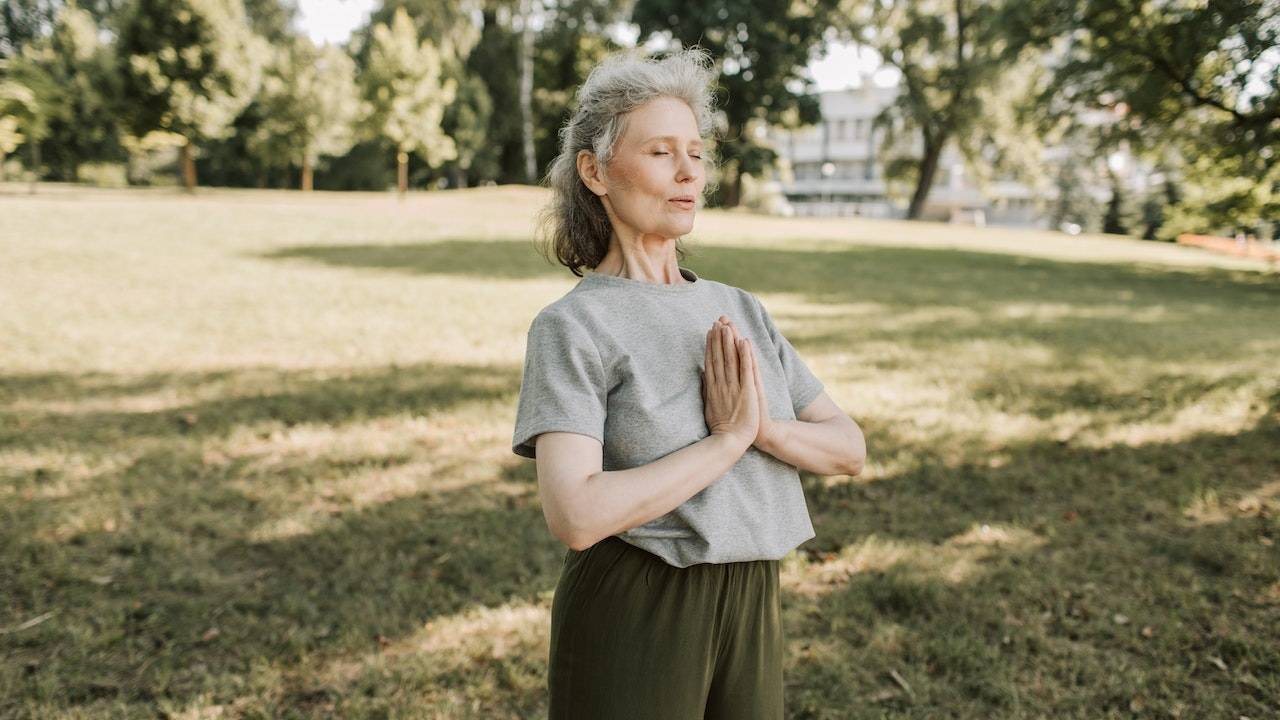
Older adults who engage in regular physical activity have a higher quality of life compared to those who are less active and spend more time being sedentary, according to a recent study conducted by researchers from the University of Cambridge in the UK.
The study, which analyzed data involving 1,433 English adults aged 60 and above, measured participants' activity levels at the beginning of the study and then followed up after six years to examine changes in physical behaviour and quality of life over time.
The findings of the study revealed that, on average, the amount of moderate-to-vigorous physical activity (MVPA) among most participants decreased by approximately 24 minutes per day after six years, while total sedentary time increased by 33 minutes per day for men and about 38 minutes per day for women over the same period.
Also, the researchers discovered that individuals who were less physically active and had increased sedentary time reported lower health-related quality of life (QoL) compared to those who were more physically active.
The authors of the study concluded that higher levels of physical activity at the beginning of the study and lower total sedentary time were associated with higher quality of life after approximately six years. They also found that smaller declines in MVPA and light physical activity (LPA), as well as smaller increases in total sedentary time and prolonged sedentary bout time, were linked to a better quality of life.
Based on these findings, the authors suggested that promoting physical activity and reducing sedentary behaviour could be effective approaches to improving overall quality of life.
Lead author Dharani Yerrakalva from the Department of Public Health and Primary Care at the University of Cambridge emphasized the importance of staying physically active and reducing sedentary time, particularly in later life, as it can significantly enhance both physical and mental well-being.
Yerrakalva highlighted several ways in which improvements in physical behaviour can contribute to a better quality of life, such as reducing pain in conditions like osteoarthritis and improving muscle strength, which enables older adults to maintain their independence.
Additionally, being more active and less sedentary can have positive effects on mental health by reducing symptoms of depression and anxiety.
Furthermore, the researchers suggested that their findings support the promotion of physical activity and reduction of sedentary time, and they recommended that future intervention trials and cost-effectiveness analyses should consider including quality of life outcomes.
They concluded that their results provide further evidence for the broad benefits of interventions promoting physical activity and emphasize the need for additional effective strategies in this regard.
















